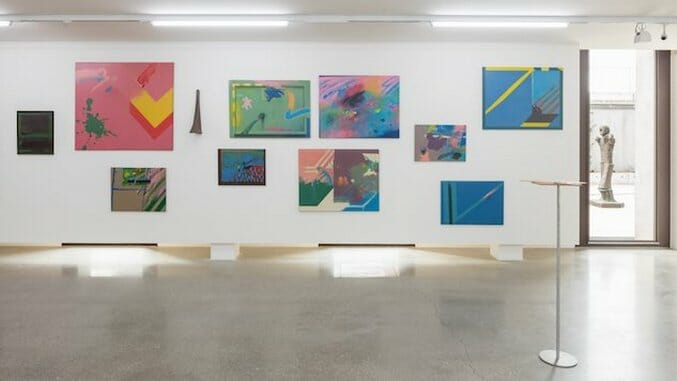Review: Roland Kollnitz and Hermann Bayer’s Chance Acquaintance
All photographs courtesy of 21er Haus, main image by Belvedere, Wein, 2017, lead image by Belvedere, Vienna
Chance Acquaintance, which closed on June 25 at Vienna’s 21er Haus (pronounced aiyyn-oond zvan-zig-err-hows for the non-German speakers reading this review), was an example of a good idea executed poorly. The show was meant to be a kind of dialogue between the works of the painter Hermann Bayer and sculptor Roland Kollnitz; since both artists’ works make use of angular, geometric shapes and angles as well as bright primary colors, there was immediately some potential in the concept. Since Bayer passed away in 2012, a direct conversation in 2017 would have been impossible to execute, so the next best thing would have been for Chance Acquaintance to highlight certain overlapping or similar formal elements amongst the works of the two artists, thereby creating a satisfying—or at least, an interesting—visual experience. I believe that the curator of this show was ultimately trying to achieve that kind of synthesis, and there were a few scattered moments of the show where smart curatorial decisions did lead to some appealing rhyming of motifs and shapes.
-

-

-

-

-

-

-

-

-

-

-

-

-

-

-

-

-

-

-

-

-

-

-

-

-

-

-

-

-

-

-

-

-

-

-

-

-

-

-

-








































